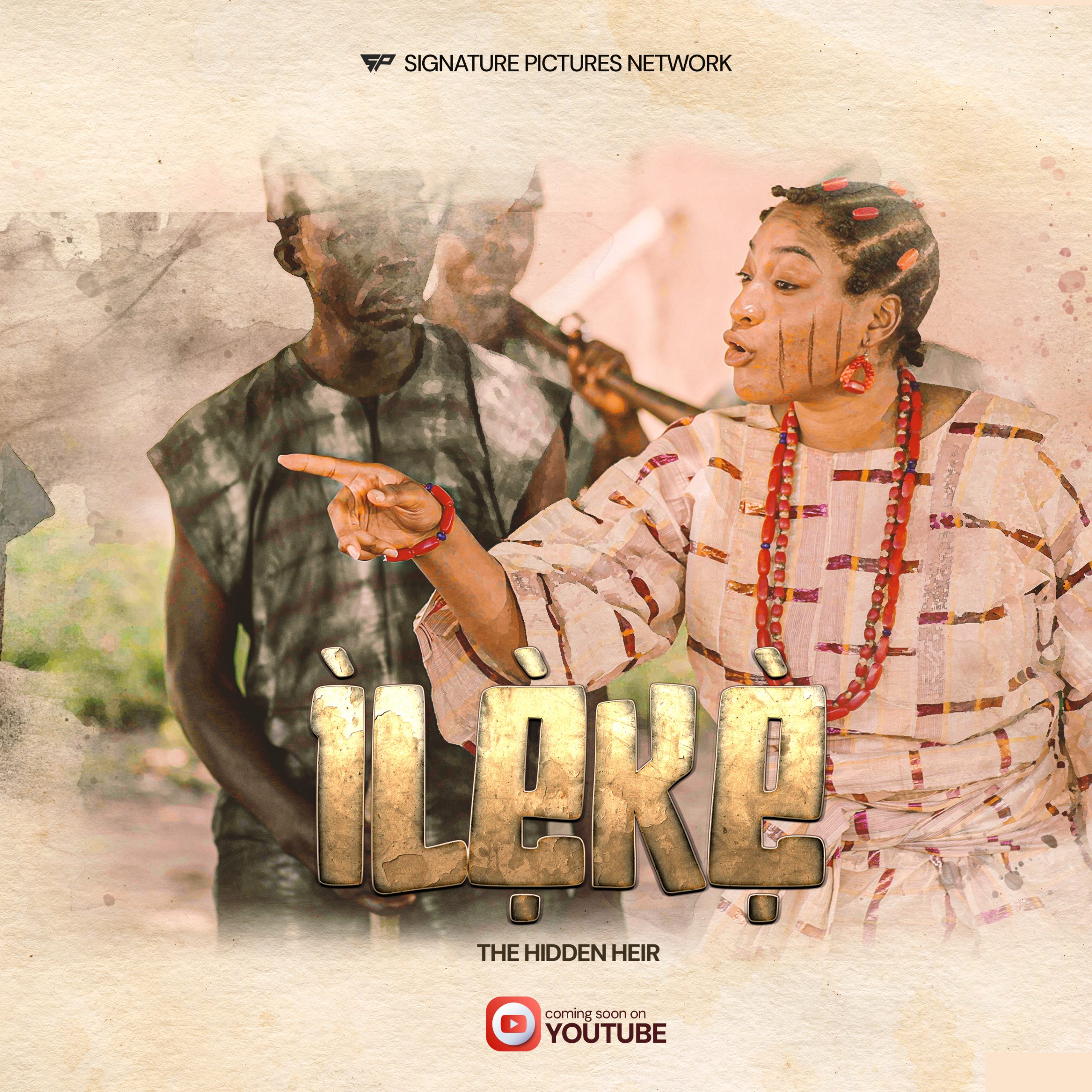In today’s interconnected world, where art, culture, and creativity transcend geographical boundaries, the concept of “rating” has become an essential aspect of evaluating and appreciating various forms of artistic expression. From music and film to literature and digital media, the idea of giving a numerical or qualitative value to a creative work is deeply ingrained in modern society. One particular system that stands out in the context of cultural appreciation is the “Ileke rating.”
The term “Ileke” has deep cultural significance in various African communities, often representing something precious or meaningful. In the context of “Ileke rating,” it symbolizes the reverence and respect for artistic works, while also providing an evaluative framework that helps communities appreciate and celebrate the creative output of artists, performers, and cultural figures. This blog post will explore the concept of Ileke rating in-depth, examining its origins, application, impact, and how it shapes our understanding of art and culture.
What Is Ileke Rating?
At its core, Ileke rating is a system used to evaluate and assess the quality of creative works, including but not limited to music, films, literature, performances, and even digital art. The term “Ileke” suggests that the work being rated is not only to be judged based on its technical execution but also on its cultural, emotional, and artistic significance. An Ileke rating goes beyond simple metrics like popularity or financial success, embracing a more holistic approach that considers the impact of the work on the community, the emotions it evokes, and its cultural relevance.
While the specific framework for Ileke rating may differ depending on the art form and the community, it is grounded in a set of principles that prioritize authenticity, creativity, and cultural value. The rating is often given by a combination of experts, critics, and the community itself, ensuring a well-rounded perspective on the work being evaluated.
The evaluation process in Ileke rating tends to be more flexible and subjective than traditional rating systems. It focuses not just on the technical aspects of the work but also on its emotional resonance and the cultural context it arises from. In this sense, Ileke rating provides a platform for both the creator and the community to engage in a meaningful dialogue about art and its role in society.
The Origins and Cultural Context of Ileke Rating
The roots of Ileke rating are deeply intertwined with African storytelling and cultural traditions. In many African communities, storytelling, art, and performance have long been central to social life, with stories being passed down from generation to generation. These stories, often conveyed through oral traditions, would be shared during communal gatherings, where the audience would engage with the storyteller or performer in real-time.
In such a context, the quality of a performance or artistic expression was judged not by a formal rating system, but by the emotional and intellectual responses it generated within the community. A storyteller’s skill was evaluated based on how well they could captivate their audience, provoke thought, and teach important moral or cultural lessons. Similarly, musicians, dancers, and other performers were judged based on their ability to connect with the audience and convey the cultural values of their community.
In modern times, as the scope of art and performance has expanded beyond local communities to a global stage, the need for a more structured yet culturally informed rating system has emerged. The Ileke rating system evolved as a way to honor this tradition while also providing a way to evaluate and celebrate the creativity of artists within a larger, global context. The system reflects the importance of community, heritage, and emotional depth, providing a counterbalance to conventional metrics like box office success or album sales.
The Key Principles of Ileke Rating
Ileke rating is based on several key principles that differentiate it from traditional rating systems. These principles emphasize the depth of cultural and emotional engagement, artistic integrity, and the potential for positive social impact. Below are the key factors that contribute to the Ileke rating system:
1. Cultural Authenticity
One of the most important aspects of Ileke rating is the emphasis on cultural authenticity. The work being evaluated must remain true to the cultural values, traditions, and norms of the community from which it originates. This principle ensures that the work is a genuine representation of its cultural context and does not appropriate or distort the culture for commercial purposes.
For example, a film or song that draws on traditional African music, folklore, or storytelling methods would be evaluated based on how well it honors and respects the cultural elements it incorporates. The same applies to any other form of art, where cultural authenticity is a cornerstone of the evaluation process.
2. Emotional and Intellectual Engagement
Art is not just about aesthetics or technical proficiency—it is also about the emotions and ideas it conveys. An important part of the Ileke rating system is the ability of the work to evoke strong emotional responses and stimulate intellectual reflection. A high rating in this area suggests that the work resonates with its audience, provoking feelings such as joy, sorrow, anger, or awe.
Intellectual engagement refers to how well the work communicates ideas, challenges norms, or inspires critical thought. Whether through complex narratives in literature, thought-provoking lyrics in music, or the portrayal of social issues in film, works that engage their audience intellectually are highly valued in the Ileke rating system.
3. Artistic Integrity
Artistic integrity refers to the creator’s ability to express their ideas and vision honestly and without compromise. This includes maintaining a high standard of craftsmanship, whether in the execution of music, the construction of a narrative, or the visual presentation of a work of art. Artistic integrity in Ileke rating also includes the creator’s commitment to their craft, as well as their willingness to take risks and explore new creative avenues.
Works that demonstrate artistic integrity are those that push boundaries, challenge conventions, and remain true to the artist’s unique voice. These works may not always conform to mainstream expectations, but they are valued for their originality and boldness.
4. Social and Cultural Impact
Another critical factor in the Ileke rating system is the social and cultural impact of the work. This refers to the ability of the creative work to influence or inspire change within society. A work that has the power to address pressing social issues, raise awareness about important cultural concerns, or unite communities is highly rated within the Ileke framework.
The social and cultural impact of a work can be seen in its ability to spark conversations, inspire movements, or challenge injustices. For example, a film that brings attention to a marginalized community or a song that promotes unity and social justice may receive a high Ileke rating for its positive societal impact.
5. Audience Reception and Community Engagement
Unlike conventional rating systems that rely heavily on critic reviews or sales figures, Ileke rating places a significant emphasis on audience reception and community engagement. This aspect of the system reflects the understanding that art is meant to be shared and experienced collectively.
Audience reception involves evaluating how well the work resonates with its intended audience. A successful work will not only appeal to critics and experts but will also connect with everyday people, inspiring them, providing them with entertainment, or evoking a sense of shared identity. Community engagement measures how actively the work is discussed, celebrated, and embraced by the community, both locally and globally.
The Application of Ileke Rating in Various Art Forms
Ileke rating can be applied to a wide range of artistic and creative works. Below are a few examples of how the system functions across different art forms:
1. Music
In the world of music, Ileke rating evaluates not only the quality of the composition, the lyrics, and the performance, but also the emotional depth and cultural relevance of the song. A song that captures the spirit of a particular culture, addresses social issues, or moves its listeners emotionally would be rated highly in the Ileke system.
Artists who blend traditional sounds with modern styles while maintaining cultural authenticity often receive recognition within the Ileke rating system. For example, African musicians who incorporate elements of their heritage while experimenting with genres like hip-hop or jazz may be rated highly for their creativity and cultural contribution.
2. Film and Theatre
In the film and theater industry, Ileke rating focuses on a work’s narrative structure, thematic depth, cultural representation, and emotional resonance. Films that tackle social issues, represent marginalized voices, or offer fresh perspectives on familiar stories tend to receive high ratings.
The performance quality, direction, cinematography, and production value are also considered, but the true measure of a film’s success in the Ileke rating system lies in its ability to connect with audiences on a deeper level. Films like “The Lion King,” “Black Panther,” or “The Wedding Party” could receive high Ileke ratings for their cultural relevance, storytelling quality, and emotional impact.
3. Literature
In literature, the Ileke rating system evaluates the depth of the narrative, character development, and the work’s ability to address universal themes or cultural issues. Writers who skillfully incorporate folklore, traditions, and cultural motifs into their stories, while offering new insights into human experiences, are highly valued.
Books that engage readers intellectually, spark debates, or inspire social change often earn high Ileke ratings. Works like Chinua Achebe’s “Things Fall Apart” or Chimamanda Ngozi Adichie’s “Americanah” are examples of literature that would score highly within the Ileke system due to their cultural significance, narrative complexity, and social impact.
4. Digital Art and Media
With the rise of digital platforms, Ileke rating is increasingly applied to works like web series and online art. In this domain, the rating system considers the creative use of technology, the work’s ability to engage global audiences, and its cultural significance in the digital age.
Challenges and Future of Ileke Rating
Like any rating system, Ileke rating is not without its challenges. One of the main challenges is ensuring that the system remains flexible and adaptable across different cultures and contexts. What resonates with one audience may not have the same impact on another, and the subjective nature of cultural evaluation can sometimes lead to disagreements over ratings.
However, the growing recognition of the importance of cultural diversity, emotional depth, and social relevance in art suggests that Ileke rating will continue to play an essential role in shaping how we appreciate and evaluate creative works in the future.
Conclusion
Ileke rating represents a holistic approach to evaluating art and culture, grounded in authenticity, emotional engagement, and social impact. By incorporating these values into its evaluation process, the Ileke system provides a platform for appreciating creativity beyond mere technical execution or commercial success. As the world of art continues to evolve, Ileke rating stands as a reminder of the power of culture to connect, inspire, and transform communities.

